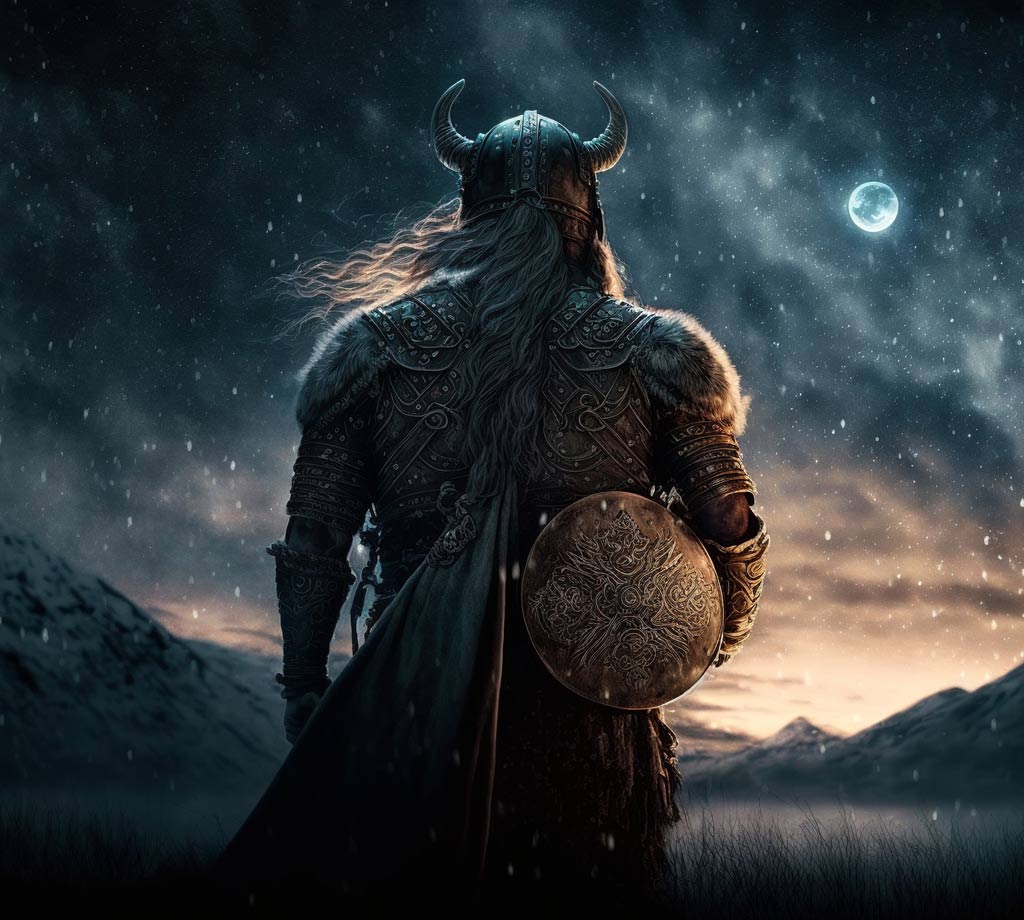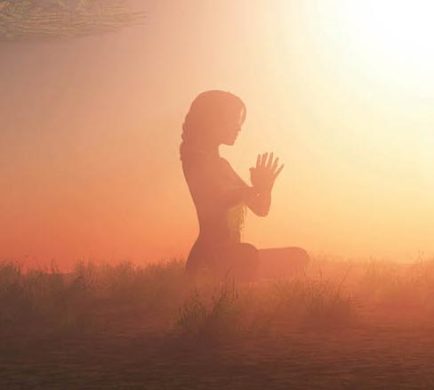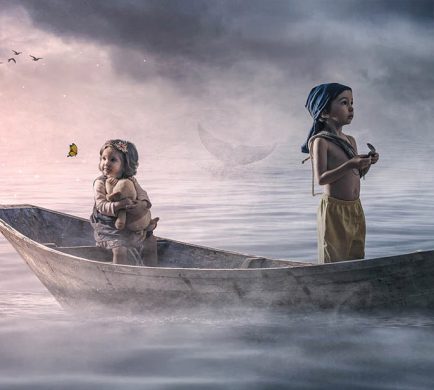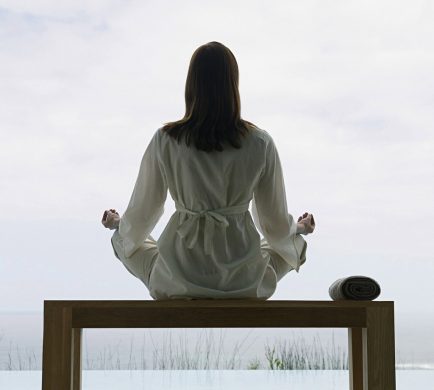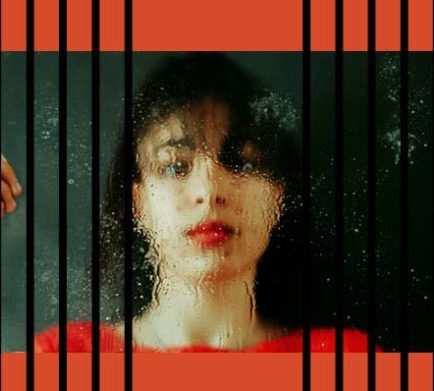As I embark on writing this article, it is hard to concentrate. Why? Because in just six days I will be landing in Reykjavik, where we will board our cruise ship for a family adventure in the fjords of Iceland and Norway. I am so intrigued by the immense beauty and complexity of a landscape I imagine as rugged and raw, and otherworldly and ethereal at times. I imagine a land of extremes where glaciers (ice) and volcanoes (fire) coexist and where you experience extended periods of darkness or light, depending on the season. There is little middle ground in the land of the Vikings when it comes to climate -you are either immersed in the darkness or the light. But what excites me most about the region is not the landscape; it is the wild yearning that by the strangest of incidents, I may bump into the Norse gods Odin, Thor, Freyja, or Loki. I have been in love with Viking culture for a while, and I can shamelessly say that I have watched every single Viking series and movie that Netflix has to offer.
I have always been fascinated by the Viking sagas and the stories of a time when the life of the mortals was inextricably intertwined with the gods. This must have been a difficult period for ancient Norse societies, ravaged by rough climate, disease -a life where Darwinism would be in full display. But in some ways, I imagine it would have also been an uncomplicated life, where each man and woman’s understanding of their place in the cosmos would have been clear. I imagine a place with little room for the growing existential angst of modern times. For the Vikings, as well as for all “primitive” societies then and now, there would be little question about one’s role in the world. Directed by the Viking gods and later by the God of Christianity, life had a clear purpose and meaning, with little room for the increases in existential suffering that modern times have brought.
Life is intensely uncertain for modern man, and while it may be more predictable, we cannot know with any certainty when we will die or what lies beyond that event. I suppose people could never know, but in the times of the great gods, there was greater certainty, if not unshakable faith, about our destination. That source of meaning, purpose, faith, and certainty was sourced from the outside and driven by some level of fear.
The gods dwelled outside of us, in a magnificent reality that we could only imagine, and pulling the strings of our destiny. Not provoking their wrath was at the front and center of life. The gods demanded obedience, in exchange for which they looked over their children on Earth. I suppose it is no accident that both Odin and God are referred to as “Father.”
We are now living in a time of profound openness, of growing tolerance toward varying perspectives, a time when individuals assert their rights and challenge institutional authority, whether religious or civic. The XXIst (21st) century has torn down many traditional norms; it has unleashed the power of choice in profound ways, is inclusive of differences, and has mustered the courage to consider the multiverses that life presents and to entertain many new ways of being in the world. Examples of this are different forms of activism, from climate change to animal rights to social justice issues that blow open the norms with which we welcomed in this new century.
There are myriad doors many of us can walk through today, some of which were either unknown or forbidden in the past. The great polarization in many societies today, including our own in America, may, in part, be the consequence of the individual psyche’s search for the Self, the true Self that has been trapped in the protective arms of the gods and their norms for centuries. Today, many of us do not feel “guided” by an almighty presence in the same way that our Viking ancestors or the early Christians did. There is, for many of us, no “right and only path” laid out by the father and mother gods who always knew better than their flock. Yes, there is still a large presence of religious faith and spiritual paths as we speak, but the individual quest for Self and the “god within” has gained strength. While the churches and temples of different religions are still filled with their children, the grip of the gods has lessened.
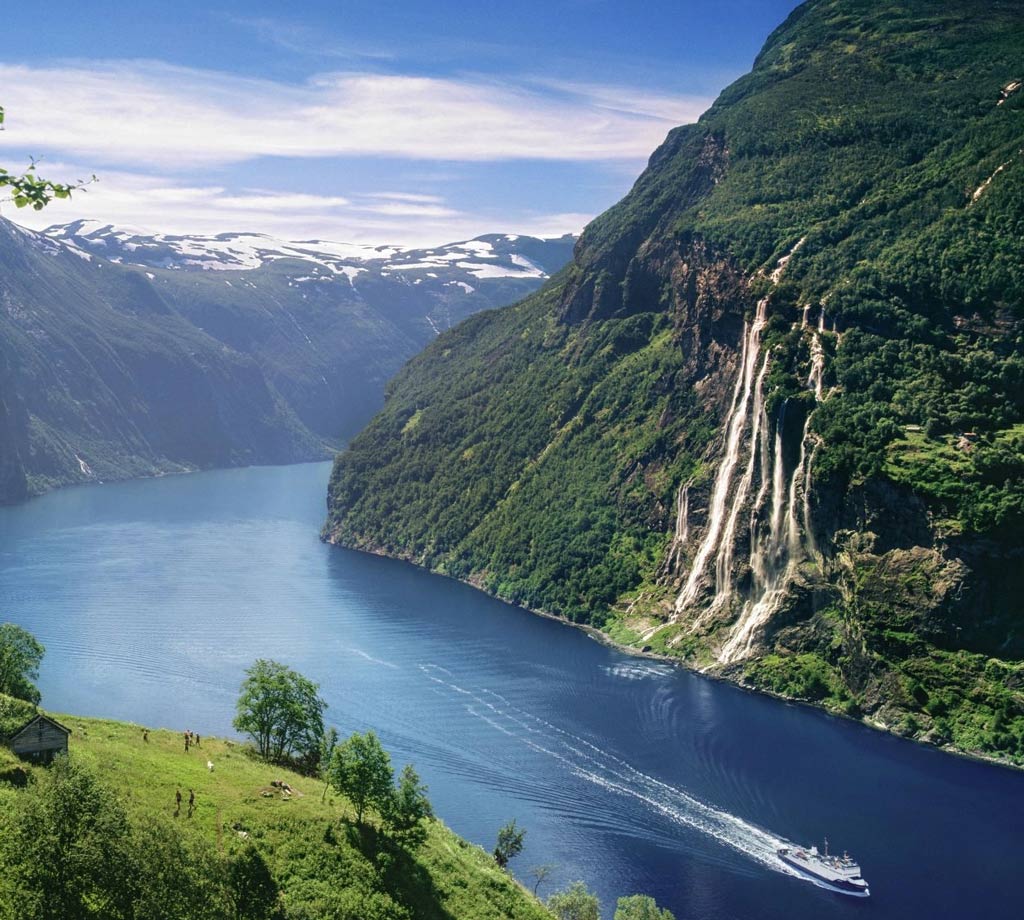
In some ways, the modern quest for the elusive Self presents a more arduous path. We ask questions, and we challenge norms, images, and conceptions that were fiercely adhered to for millennia. The power of initiation rituals today, originally meant to introduce young men and women into adulthood with clear rules and with an unquestioned vision of their place in the cosmos, has either disappeared or lost its grip. Indigenous societies may still offer their people such orientation, but for the most part, modern men and women are on their own. The modern BarMitzvah or Sweet Sixteenth parties (symbolic initiations) do not pack the power to thrust us out of childhood. There is a growing disorientation in modern societies, and there are so many choices that can add to the complexity and confusion about the meaning of life. But this is not necessarily bad because it forces us to go inward and to trust in the information that we can source from the self, whether in our psyche or in and through our bodies. Embodied knowing, for example, has become an increasingly trusted source of knowledge based on our “lived” experience, and it has slowly eroded the Cartesian view of the mind-body split. We have also been called to pay more attention to our instincts and to that elusive “heart” which we intuit has unique intelligence and produces its own algorithms, which we cannot always rationalize but which we at times have the courage to oblige.
On the fifth day of our vacation, I was boating down the Geirangerfjord in Norway, feeling once again in awe of
nature. I felt cradled by the huge mountains on both sides of the waterway. I felt perfectly safe,
so far away from home and from everything that is familiar and dear to me, like my home, my yoga studio, and my beloved horses. That sense of safety was so profound that I thought maybe I had run into the Viking gods at last. So, I asked, “Are you here”? And they said, “Look inward, for these mountains and the gods dwell in you now. Whenever you feel disoriented again, place your hand on your heart and call on us…in every heartbeat will be Odin and Freyja and Thor and Loki, and the Christian God, and everything sacred that ever was and ever will be.” I could not muster a thought for the rest of the boat ride; I could only feel the rhythm of the water and my breath. I felt relaxed in the certainty that Mother Earth held timeless wisdom and compassion and that she dwelled in me.
Two days later, I sit in my cabin finishing this article, and I feel deep gratitude for all the unsafe moments and the epic crisis of faith that I have confronted in the past six years of my life. The pain of losing all the members of my small family between 2018 and 2021 plunged me into the dark abyss of faithlessness. But now I’m re-oriented and confident in the knowing that there is nothing “out there” that can show me my place in the world -the towering nature of Geirangerford cracked me open to my own heartbeat. The heartbeat that replaces the temples, and the altars, and the images, and the scriptures, and all the prescriptions for a life well lived. There is nothing “out there”; there is only the resting in our own heartbeat, and “in there” is our place in the cosmos.
By Dulce García-Morman, Ph.D.

